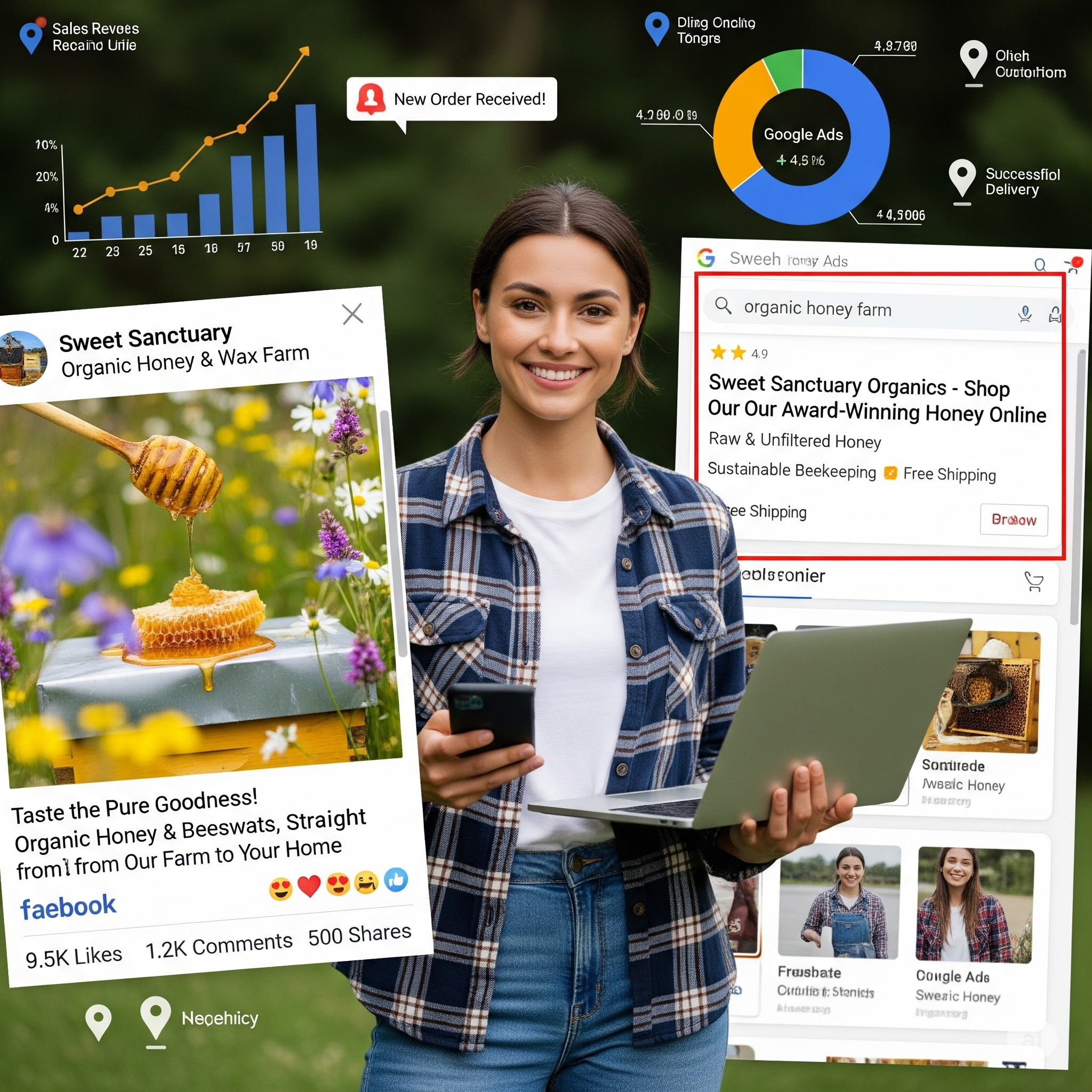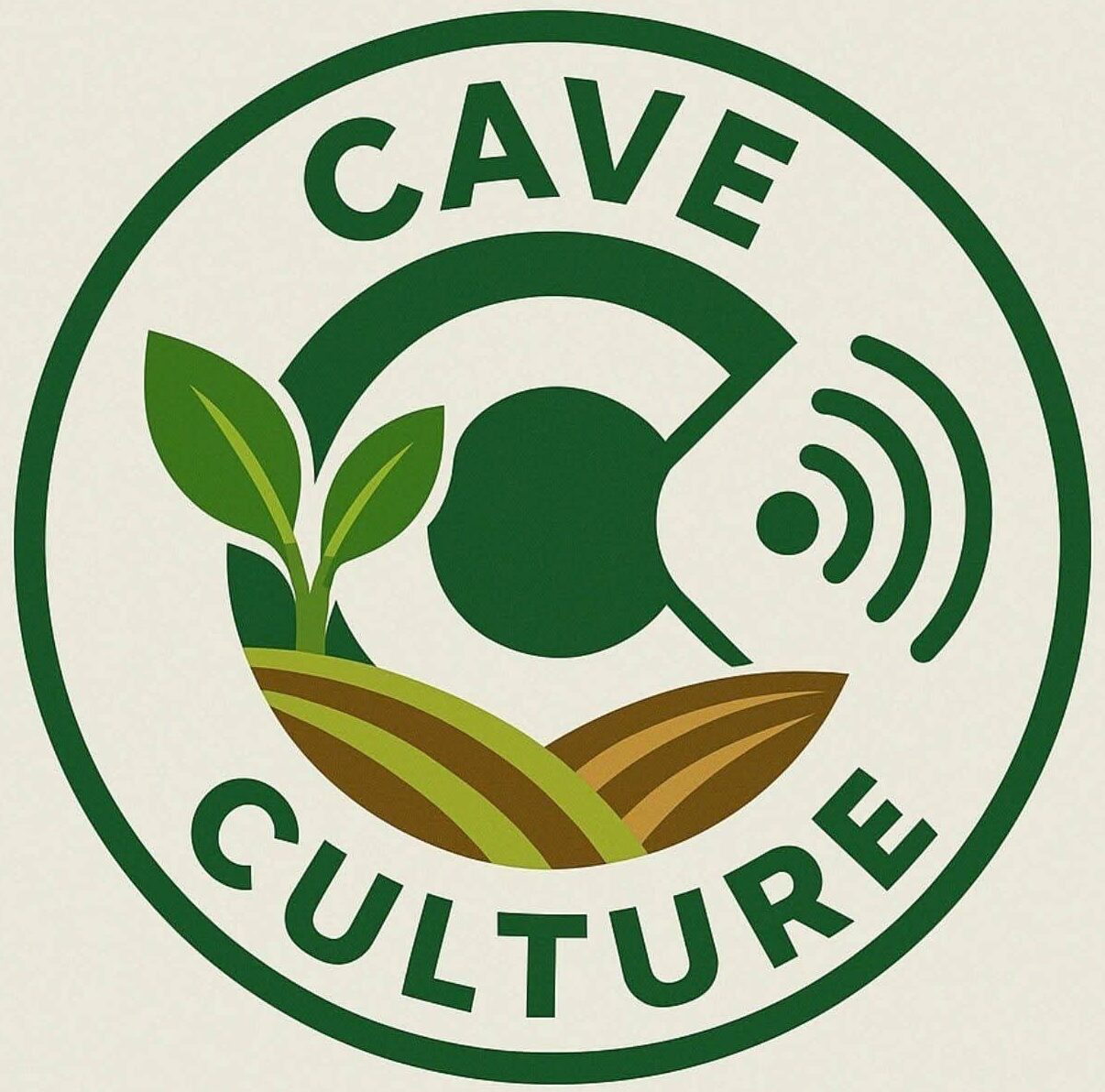The Essentials of Strategic Advertising: Farming 101
Introduction
Farming is one of the oldest professions in the world, but in today’s fast-paced, digitally driven economy, even farmers need more than fertile soil and good weather to thrive. They need strategic advertising. In a world where consumers have endless choices, how you position your farm, your produce, and your story can make the difference between just surviving and truly flourishing.
Why Advertising Matters in Farming
In the past, farming relied heavily on local word-of-mouth and physical markets. Today, the industry is evolving. Whether you sell fresh produce at a farmers’ market, run a large-scale operation, or supply farm-to-table restaurants, your success depends on visibility, trust, and brand loyalty, all of which can be built through effective advertising.
Strategic advertising ensures:
- Your farm is known beyond your immediate community
- Your produce stands out for its quality, freshness, or unique practices
- You connect emotionally with customers, not just transact with them

Step 1: Know Your Market
Before sowing your marketing “seeds,” you need to know who you’re growing for.
- Identify your audience: Are they health-conscious consumers? Restaurants? Wholesalers?
- Understand their needs: Organic certification? Affordable pricing? Rare produce varieties?
- Find where they are: Online (social media, websites) or offline (markets, expos)?
Tip: Just like soil testing guides crop selection, audience research guides your ad strategy.
Step 2: Tell Your Farm’s Story
People don’t just buy tomatoes — they buy into the story of the farmer who nurtured them.
- Share your farm’s heritage, sustainable practices, or family values.
- Use behind-the-scenes videos of planting, harvesting, or packing.
- Highlight your connection to the land and your commitment to quality.
This builds authenticity, trust, and a loyal customer base.
Step 3: Choose the Right Advertising Channels
A great product is wasted if nobody knows about it.
Some powerful channels for farms include:
- Social Media Marketing: Instagram for visual storytelling, Facebook for local reach, TikTok for trending agricultural content.
- Google & Meta Ads: Target specific buyers and drive them to your website or farm shop.
- Local Radio & Print: Perfect for reaching rural and older audiences.
- On-site Signage: Clear, attractive signs at your farm or stall can boost foot traffic.
Step 4: Create Seasonal Campaigns
Just as crops have growing seasons, advertising should follow a calendar.
- Harvest Announcements: Promote fresh availability.
- Special Offers: Bulk discounts for restaurants or event catering.
- Educational Content: “How to store fresh produce” or “Farm-to-table recipes.”
This keeps your farm top-of-mind all year.
Step 5: Track and Adjust
Like monitoring rainfall or soil health, you must monitor your campaigns.
- Measure clicks, engagement, and sales.
- See which ads bring the best returns.
- Refine your message and budget for better results.
The Bottom Line
Farming may start in the soil, but growth today also happens in the digital space. By combining agricultural expertise with strategic advertising, farmers can reach more people, build stronger brands, and secure a future as rich as their harvests.
Remember, a successful farm isn’t just one that grows crops; it’s one that grows relationships and recognition






